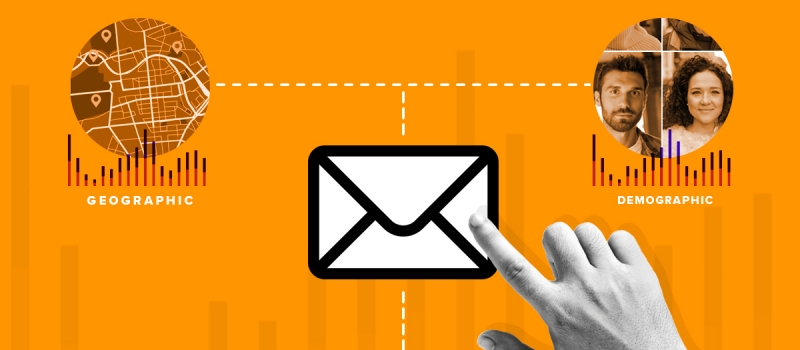Email Marketing & the Spam Folder
Email marketing is an important tool for reaching customers and prospects. But to have the right impact, it’s critical that you understand the profile and intentions of your contacts. If you are emailing your entire list without considering buyer signals, you risk damaging your reputation. Indications of reputational risk include subscribers who are:
- Not opening emails
- Never clicking on any links
- Marking as spam

In a recent article by Klaviyo, eCommerce marketing experts say:
If you’ve been emailing your customers for a while and aren’t seeing the results you’d like or are noticing that your communications keep ending up in the spam folder, there may be some foundational issues in your email marketing strategy that you can improve upon.
There are many factors that go into determining how emails are placed within a recipient’s inbox and they may differ between providers. For example, Gmail’s algorithm on determining whether an email is going to be placed in the recipient’s primary inbox is different from what Outlook relies on to make the same decision.
To add to the uncertainty, neither you nor your email marketing platform has any insight into the specifics behind those algorithms. At this point, you may ask, “Then how do I even know what to do?!”
There are a few steps you can start to take in order to improve your results:
- Reevaluate your opt-in process.
- Are subscribers sent an opt-in email to confirm they want to receive emails from you? By having them double opt-in with a link in the email, this confirms their identities and confirms that their email address is real. Without this, people can enter a fake email address just to receive an offer or bypass the pop-up.
- Have you set your checkout process to enroll people automatically into emails? Most people don’t realize they’re enrolling into emails, so it’s best to give them clear options to enroll. Don’t just enroll them automatically without explicit permission because this increases the chances they will ignore or delete your email.
- Start segmenting your lists into openers and clickers. This will help you separate the subscribers who actually want to receive your emails and are reading them from the ones who are not interested. The more people who open and click, the greater the chances that providers will see your email as legitimate and move your email into more inboxes.
- Segment out your most engaged people. Let’s call these your VIP customers/subscribers. Those whom you know pretty well (or have the most data on and are also very engaged). These subscribers will help you increase your deliverability, especially if you send personalized content to them.
- If you offer a welcome discount, segment out people who have only opened 1-2 emails. These are most likely coupon hunters who subscribed just to get the discount and never opened any other emails. These contacts might be good for re-engagement if you offer an enticing discount in the subject line – but be careful not to send too many emails as these people may have even given you an old email address just to get the discount.
- Take a look at your email content and subject lines. Are there enough calls to action? Is there a good offer? What can you do to improve the email? What subject lines would improve opens? What subject lines worked in the past?
Most major email clients (like Google and Hotmail) track how recipients interact with emails from your domain — how many emails are marked as spam, how many are opened, etc. If your open rates are under 10%, it’s time to evaluate your lists as well as your subject lines. If your click rates are under 2%, it’s time to look at your content and add more CTAs, enticing links and offers.












